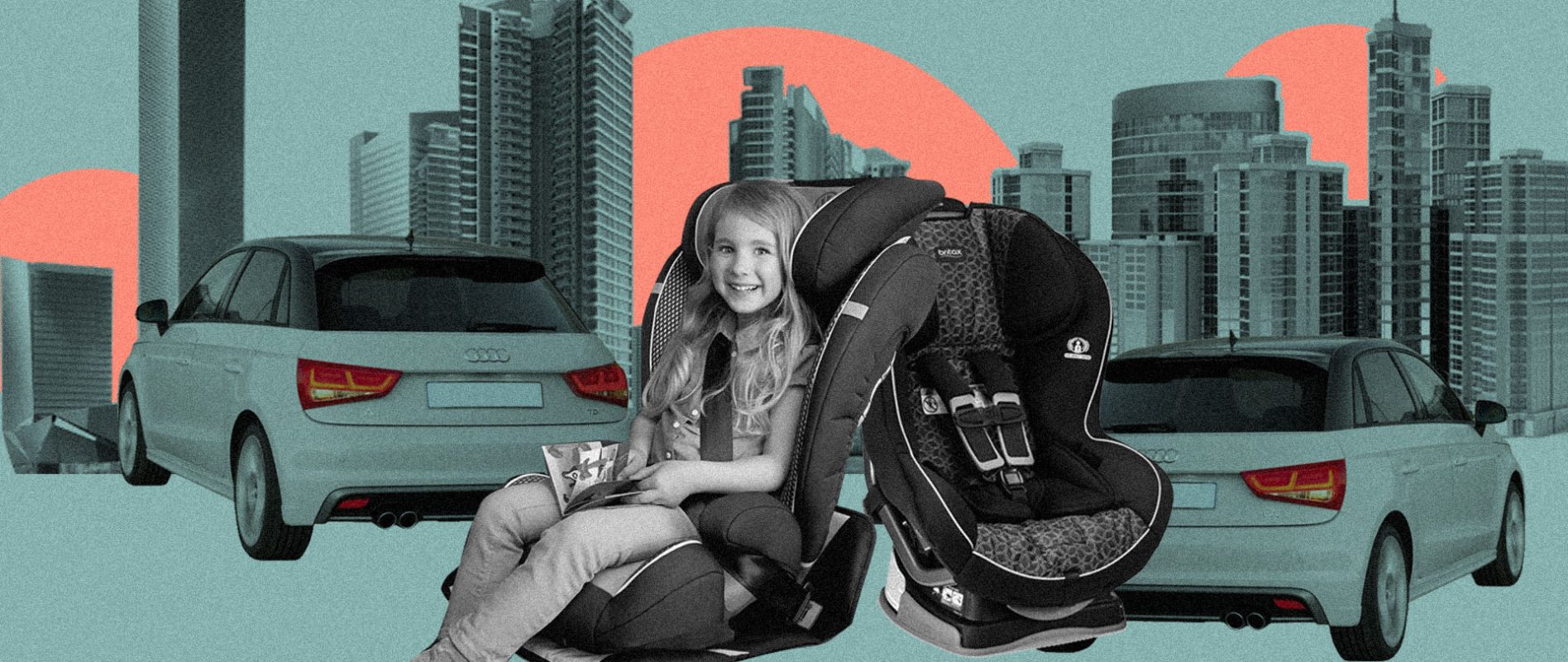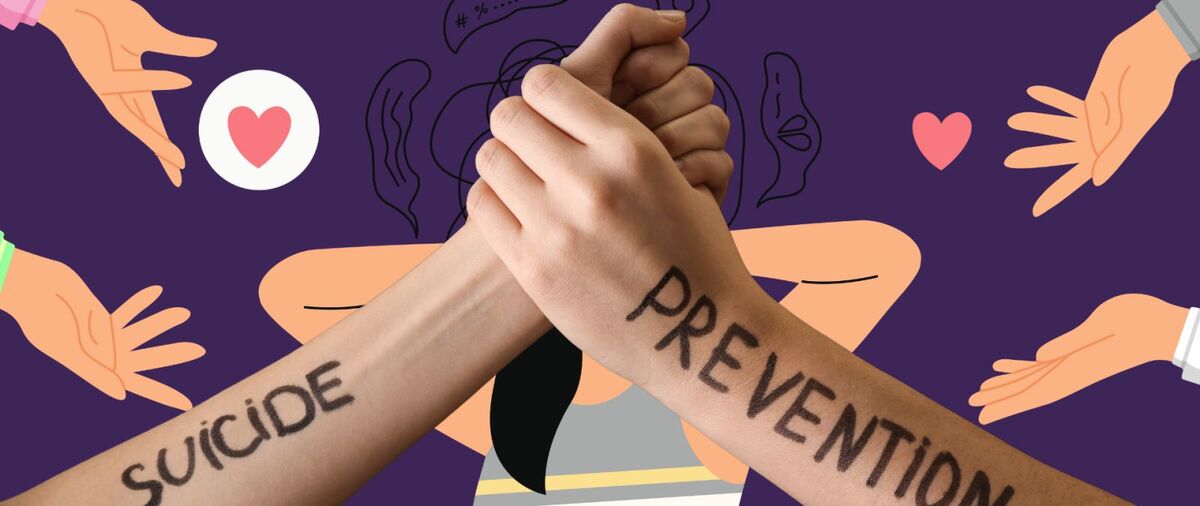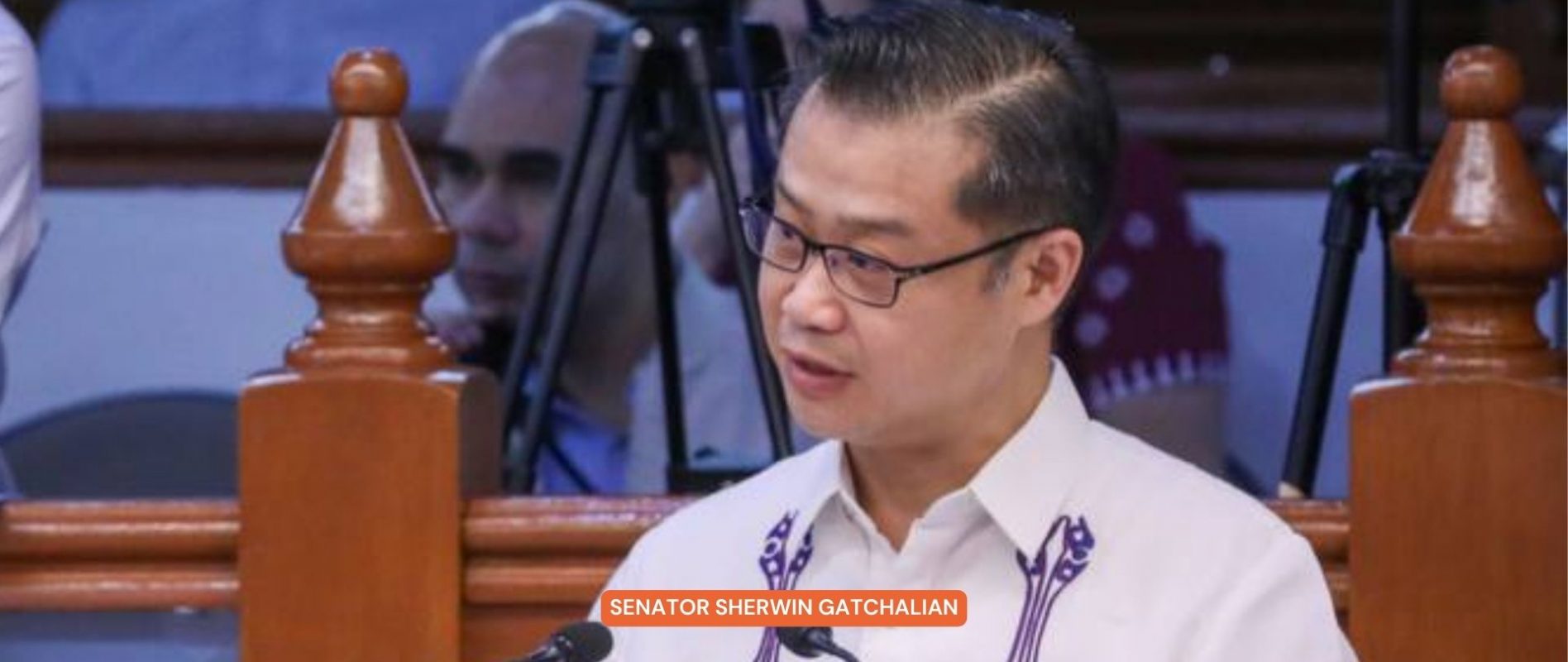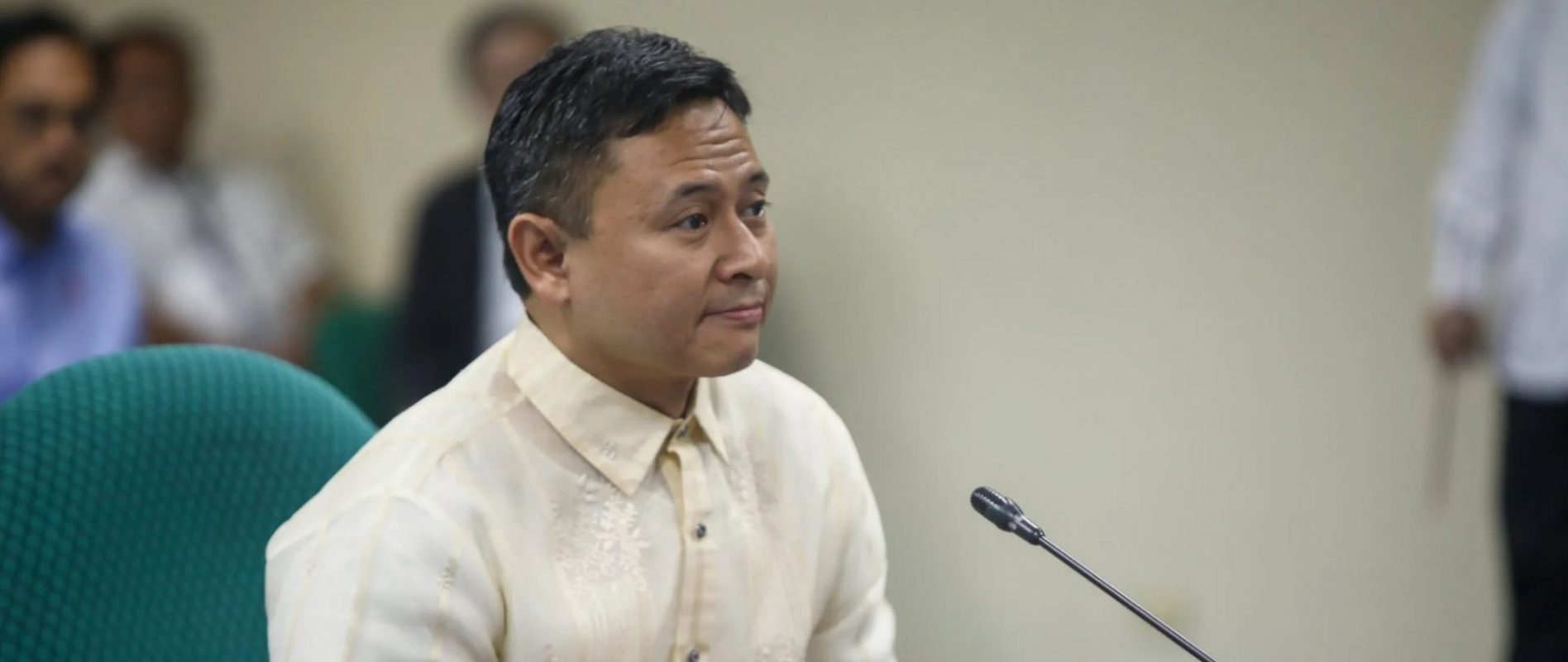ALL ABOUT THE ‘CHILD SAFETY IN MOTOR VEHICLES’ ACT–BUCKLE UP, BECAUSE ITS IMPLEMENTATION IS GOING TO BE A BUMPY RIDE
According to the Child Safety in Motor Vehicles Act, children 12 years old and below who are shorter than 4’11 are no longer allowed to be inside moving private vehicles without child restraint systems (CRS).
Children require special care and treatment especially inside moving vehicles where they are more vulnerable to road injury or accidents.
According to a 2008 report presented by the Department of Health (DOH), road traffic crashes in the Philippines constitute the second leading cause of injury death of children from 0-17 years with a mortality rate of 5.85/100,000. In effect, there have been bills made for the safety of children inside vehicles, and in February 2019, President Rodrigo Duterte signed Republic Act No. 11229 or the Child Safety in Motor Vehicles Act into law.
Under its provisions, children 12 years old and below who are shorter than 4’11 are no longer allowed to sit in the front seat or to be left unattended inside a private vehicle.
Child restraint systems (CRS) that are appropriate for their height, weight, and age must also be installed in private vehicles.
Penalties will be imposed upon the violators of the said law. A P1,000 to P5,000 fine and a one-year suspension of driver’s license for third and succeeding offenses may be given to people who will not install CRS. Manufacturers, distributors, importers, and retailers who will be found negligent in selling substandard or tampered car seats would also be fined between P50,000 and P100,000.
For a lot of Filipinos, the implementation of the Child Safety in Motor Vehicles is a bit heavy on the pocket. In a price list presented by Autodeal PH, a child safety seat costs P3,000 to P7,000 for infants, and P16, 250 for toddlers.
However, only the Department of Trade and Industry (DTI) has the power to publish a list of brands that meet the requirements of RA 11229.
This prompted Filipinos to ask if someone from the government will profit from the newly-enacted law.
“Sino na naman kayang manufacturer at distibutor ang yayaman sa child care seats? Magiging singyaman din kaya sila nung tumibang manufacturer at supplier ng estupidong motorcycle barriers?” former University of Santo Tomas (UST) Creative Writing and Literary Studies Joselito D. Delos Reyes said.
Sino na naman kayang manufacturer at distibutor ang yayaman sa child care seats? Magiging singyaman din kaya sila nung tumibang manufacturer at supplier ng estupidong motorcycle barriers?
— Joselito D. Delos Reyes (@JoselitoDDelos1) February 1, 2021
Meanwhile, one netizen questioned the scope of the law’s provisions.
“Car seats dominated road safety discourse today so it’s worth pointing out that this is something that affects fewer than one in five Filipino families. Most Filipinos do not own cars. Car crashes kill young, un-carred Filipinos more than anything else. What about their safety?” the tweet read.
Car seats dominated road safety discourse today so it's worth pointing out that this is something that affects fewer than one in five Filipino families. Most Filipinos do not own cars. Car crashes kill young, un-carred Filipinos more than anything else. What about their safety?
— anton playing 2020: Nightmare Difficulty (@anthony_siy) February 1, 2021
Even San Juan City Representative JV Ejercito, the principal sponsor of RA 11229, recommended to temporarily delay the implementation of the law.
“As the principal sponsor of RA11229 or Child Safety in Motor Vehicles Act, I would recommend to hold in abeyance implementation of the said law while there is a Pandemic. Again government has to adapt to the crisis situation,” he said.
As the principal sponsor of RA11229 or Child Safety in Motor Vehicles Act, I would recommend to hold in abeyance implementation of the said law while there is a Pandemic.
Again government has to adapt to the crisis situation.
— JV Ejercito (@jvejercito) February 2, 2021
Moreover, as the public expressed their concern over the new law, several senators have also filed a resolution calling on the DOTr and the LTO to defer its implementation. In response, both departments have agreed on Tuesday, February 2, to postpone in light of the pandemic, and to make way for further enhancements.
DOTr-LTO Press Release
2 February 2021LTO clarifies: No apprehensions yet for violations of Child Safety in Motor Vehicles Act; LTO to engage in massive info drive to get motorists aware of the law
READ FULL: https://t.co/4yLJRco2Fn pic.twitter.com/1GGucU62nD
— DOTrPH ???????? (@DOTrPH) February 2, 2021
The law was supposed to have taken effect on February 2, 2021, but the Land Transportation Office (LTO) will not begin apprehending and ticketing violators until three to six months from the initial implementation.
“Enforcement is not only about apprehension—it also covers information dissemination as well as warnings,” LTO Deputy Director for law enforcement Roberto Valera said during a virtual briefing on January 29.
“Instead of issuing a TOP (temporary operator’s permit) or a show cause order, we’ll be in warning mode as well as information dissemination,” the official added.
Given the confusion this new law has stirred up, the Department of Transportation (DOTr) has released an official statement with several bullet points to address and clarify its execution.
JUST A FEW CLARIFICATIONS ON THE IMPLEMENTATION OF CHILD RESTRAINT SEATS (CRS) IN VEHICLES
Read full: https://t.co/fBwnBOYX81 pic.twitter.com/2xq9Hnvmvh
— DOTrPH ???????? (@DOTrPH) February 2, 2021














